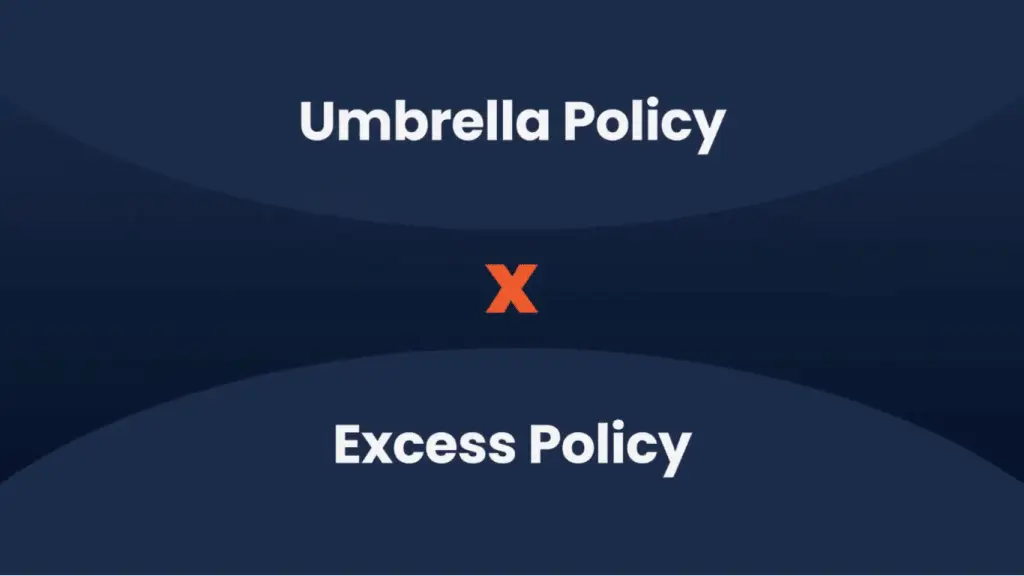[ad_1]
Understanding Umbrella and Excess Policies
Umbrella and Excess policies both extend the limits of a primary liability coverage, and while these terms are often used interchangeably, they function in different ways. Watch the video below to learn more about these policies and determine which option is a better fit for your business—or if requesting higher limits on your primary liability policy is a more effective solution.
Transcript:
All liability policies contain limits, typically per occurrence and annual aggregate caps. But what happens if a claim surpasses those limits?
Umbrella and Excess policies extend underlying liability coverages, so you’re not left paying out of pocket for costs that exceed your primary policy.
While these terms are often used interchangeably, they are not the same.
A Commercial Umbrella policy extends across multiple lines of liability coverage, such as Errors and Omissions, Professional Liability, and Commercial Auto. In contrast, an Excess policy adds higher limits to just one specific coverage, like Premises Liability.
Excess policies are typically most beneficial for investors who want additional coverage over their premises liability, while Umbrella policies are more suited for businesses with broader liability needs beyond the investment property itself.
The most important thing to remember about Umbrella and Excess policies is that you must have an active primary liability policy in place for either to apply, and they do not provide coverage until the limits of the primary policy have been exhausted.
Another option to consider is requesting higher limits on your primary liability policy, which can help ensure you have adequate coverage without the need for additional policies.
Every investor’s risk is different. Contact NREIG today for coverage tailored to your exact needs.

